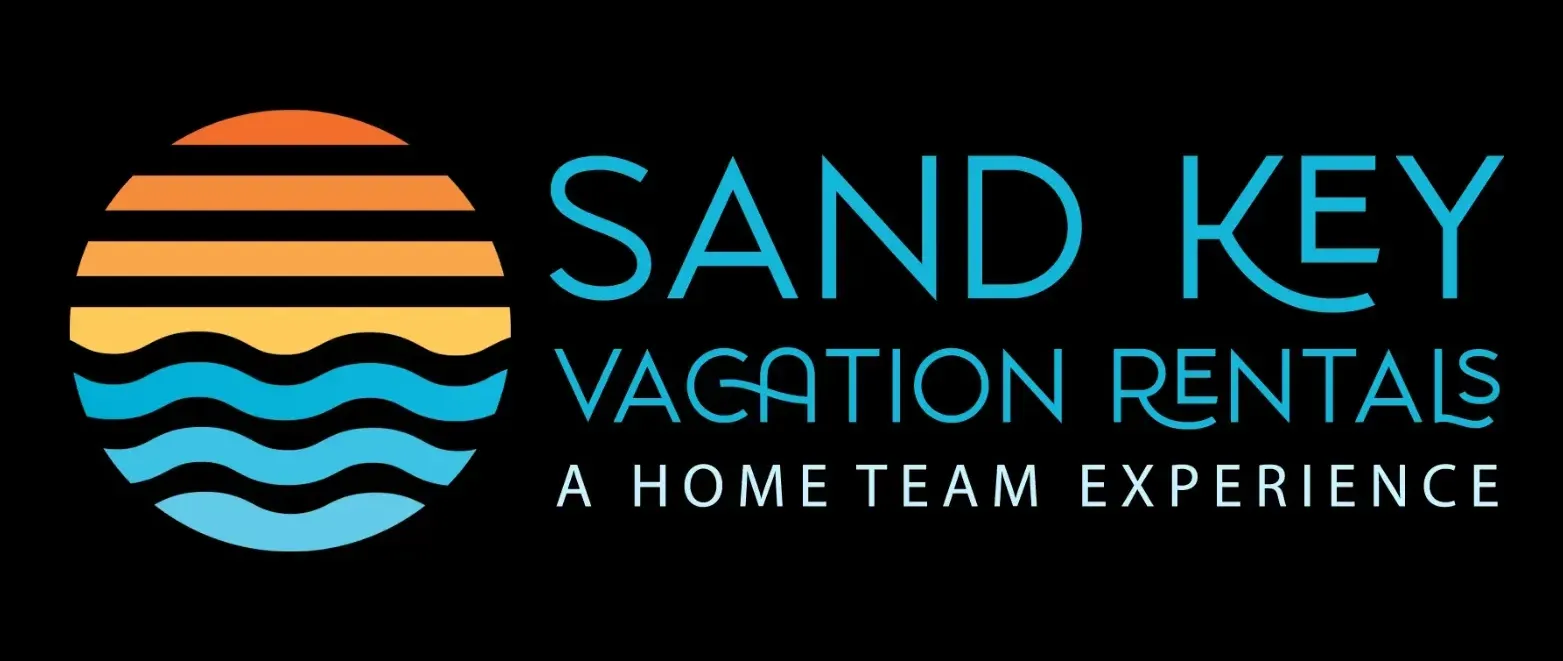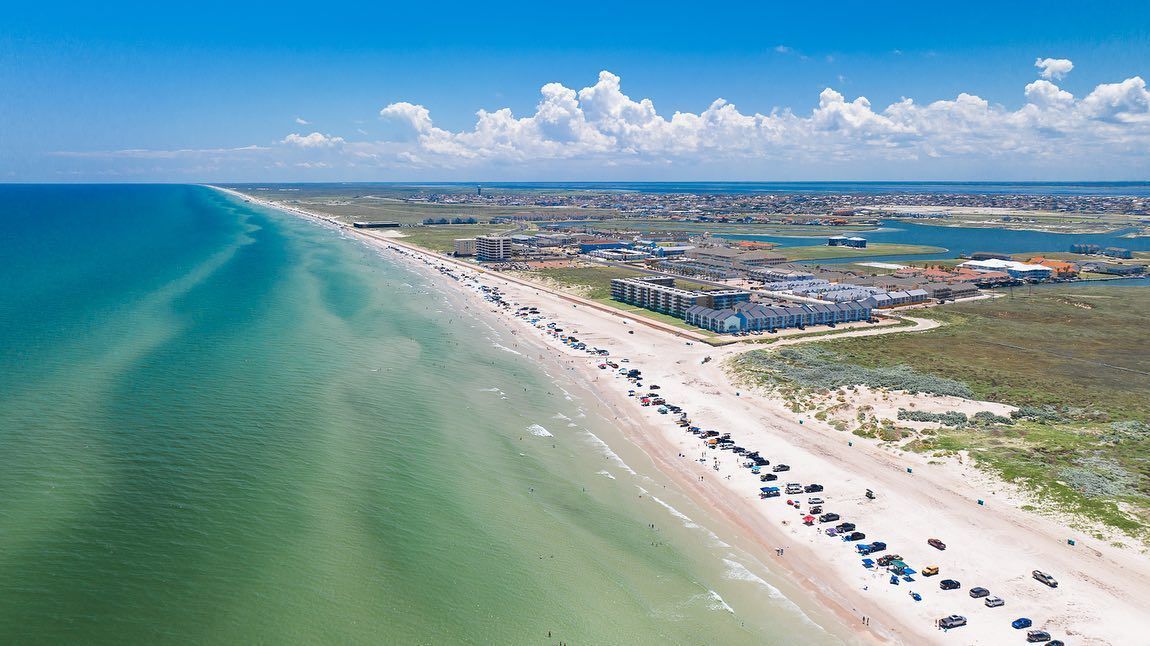Understanding Vacation Rental Management Fees
By: Albert Brown | Created: May 13, 2024
What are Vacation Rental Management Fees?
The vacation rental industry has seen explosive growth over the past decade, driven by the rise of online platforms that connect property owners with travelers seeking unique accommodations. Unlike traditional real estate investments, vacation rentals offer the potential for higher returns, but they also require more active management. The cornerstone of effectively managing a vacation rental property is understanding the management fees involved. These fees are the price owners pay for professional services that handle the day-to-day operations, guest communications, and marketing efforts necessary to maintain a successful rental business.

Why Management Fees Matter
At first glance, property management fees might just seem like another line item on the expense sheet. However, they are SO much more. These fees directly impact your bottom line and influence your strategy for pricing, marketing, and maintaining your property. Getting to grips with what these fees cover, and how they are structured, is crucial for any property owner looking to make informed decisions and optimize their rental income.
Unpacking Property Management Fees
Property management fees are not a monolith; they vary widely across the industry, influenced by factors such as property location, the level of service provided, and the rental’s market positioning. Typically, these fees range from 10% to 50% of the rental income, representing a significant portion of a property’s revenue.
Services Covered Under Management Fees
Understanding what you’re paying for is the first step in assessing the value of property management services. Commonly included services are:
- Marketing and Advertising: Crafting and placing listings on various platforms, professional photography, and creating compelling descriptions to attract guests.
- Guest Communication: Handling inquiries, bookings, pre-stay, during-stay, and post-stay communications to ensure guests have a seamless experience.
- Booking Management: Managing reservations, cancellations, and modifications to keep the booking calendar up-to-date and maximize occupancy rates.
- Maintenance and Upkeep: Regular cleaning, restocking essentials, and addressing repair needs to keep the property in top condition.
These services are foundational to running a successful vacation rental and justify the management fees charged by professional firms.
PRO TIP:
It’s important to note that property management fees are tax deductible expenses, making it important to always think of management fees in the context of tax management.
Initial Setup Costs
Entering the vacation rental market or switching property management companies often involves initial setup costs. These can range from negligible to several hundred dollars and typically cover:
- Market Analysis: Research to set competitive yet profitable pricing.
- Property Onboarding: Integrating the property into the management company’s portfolio, including setting up listings on various platforms.
- Initial Marketing Push: Additional marketing efforts to introduce or re-introduce the property to the market.
Understanding these initial investments is essential for budgeting and forecasting your rental income accurately.
Exploring Fee Structures
The structure of management fees can significantly affect your financial planning and strategy. The two most common structures are percentage-based fees and flat-fee pricing, each with its advantages and nuances.
Percentage-Based Fees
This model ties the property management fee directly to the rental income, creating an incentive for the management company to maximize occupancy and nightly rates. While this can align the interests of the property owner and the management company, it also means that fees can fluctuate significantly with the seasonal demand of the vacation rental market.
Flat-Fee Pricing
Alternatively, some property owners prefer the predictability of flat-fee pricing. This structure involves a set monthly or annual fee regardless of rental income. It simplifies budgeting but might not always reflect the level of effort required by the management company during peak and off-peak seasons.
Calculating Management Fees for Your Property
Understanding the exact mechanics behind the calculation of management fees is vital for any property owner in the vacation rental space. This understanding not only helps in budgeting and forecasting but also empowers owners to negotiate better terms with management companies.
A Closer Look at Fee Calculations
Fee calculations can get complex, especially with percentage-based structures where the fee varies with rental income. To navigate this, property owners should:
- Review Historical Data: Look at past occupancy rates and seasonal trends to estimate potential earnings and thus, potential fees.
- Understand All Possible Charges: Be clear on what is included in the base fee and what services might incur additional charges.
- Use Calculators or Software: Leverage available online tools or software to model different scenarios and understand how they impact your bottom line.
Understanding these calculations in depth allows for better financial planning and can help identify the most cost-effective management approach for your property.
Diving into Management Models
Choosing the right management model is crucial for aligning with your business goals. Let’s explore the three primary models mentioned previously in more detail.
Guaranteed Income Model
This model, providing a fixed income regardless of booking rates, is attractive for owners looking for financial stability. However, it’s essential to consider:
- The potential for higher earnings in peak seasons which you might forego in favor of stability.
- The criteria used by management companies to determine the fixed income, ensuring it reflects your property’s potential.
Fixed-Rate Model
Opting for a fixed-rate fee structure offers simplicity and predictability, which can be particularly appealing for new entrants to the vacation rental market. Key considerations include:
- The need for regular reviews to ensure the fixed fee remains competitive and reflective of the market conditions.
- The flexibility of the model to adjust to significant changes in your property’s performance or market dynamics.
Commission Model
With fees directly tied to rental income, this model ensures your interests are aligned with those of your property manager. It’s crucial, however, to:
- Negotiate the commission percentage carefully, balancing fair compensation for the manager with your profitability.
- Monitor performance and adjust strategies in collaboration with your manager to maximize income.
Strategic Considerations for Property Owners
Selecting a property management company and fee structure is not just about costs but aligning with your strategic vision for the property. Consider the following:
Long-Term Goals: Whether you’re aiming for maximum short-term income, building brand recognition for your property, or planning for long-term capital appreciation, your management model should support these goals.
Market Positioning: The unique selling points of your property, target guest demographics, and competitive positioning in the market should influence your choice of management style and fee structure.
Operational Involvement: Decide how involved you wish to be in the day-to-day operations of your property. This decision can significantly influence the type of management model you choose.
Flexibility and Scalability: As your portfolio grows or market conditions change, your management approach may need to evolve. Opt for models and partners that offer the flexibility to adapt over time.
By carefully evaluating these aspects in conjunction with the fee structures and models available, property owners can make strategic decisions that enhance the profitability and sustainability of their vacation rental business.
In the next and final section, we’ll address the critical questions property owners should ask potential management partners and how technology can streamline operations to reduce management fees. Plus, we’ll provide insight into negotiating terms that protect your interests and maximize your investment returns.
As we approach the final stretch of our comprehensive guide on vacation rental property management fees, it’s time to focus on empowering property owners with the knowledge to select the right management partner and utilize technology for optimizing operations. Additionally, understanding how to negotiate terms that safeguard your interests and enhance investment returns is crucial.
Critical Questions for Potential Management Partners
Choosing a property management company is a decision that significantly affects your rental’s success. Here are essential questions to ask before sealing the deal:
- What is your fee structure, and what services are included? Clarify not just the percentage or flat rate but also inquire about additional charges that might apply for extra services.
- How do you handle bookings and guest communications? Understanding their process can give you insight into how your property will be presented and managed in the market.
- What is your approach to maintenance and emergencies? A proactive stance on maintenance can prevent minor issues from turning into costly problems.
- Can you provide references or case studies? Real-world examples of their management effectiveness can offer peace of mind and set realistic expectations.
- How flexible is our contract? Conditions change, and having the flexibility to adapt your agreement with your management partner is vital.
Leveraging Technology to Minimize Management Fees
In today’s digital age, property management software can be a game-changer for vacation rental owners. These platforms offer various tools that automate tasks such as:
- Reservation Management: Syncing bookings across multiple platforms to prevent double bookings and optimize occupancy rates.
- Guest Communication: Automating pre-arrival, check-in, and post-departure messages to enhance guest experience while saving time.
- Maintenance Scheduling: Streamlining the process of scheduling regular maintenance and addressing repair needs promptly.
By automating these aspects of your rental business, you can reduce the need for hands-on management services and, as a result, potentially lower the fees paid to property management companies.
Negotiating Terms that Favor Your Interests
Negotiating with property management companies doesn’t have to be a daunting task. Armed with the right information, you can secure terms that protect your interests:
- Negotiate the Fee Structure: Based on your market research and expected rental income, propose a fee structure that aligns with your financial goals.
- Set Clear Performance Benchmarks: Include clauses in your contract that relate fees to performance metrics like occupancy rates or guest satisfaction scores.
- Review the Contract Period: Avoid locking yourself into long-term contracts without an escape clause that allows you to reassess the partnership.
Getting Your Property Management Fees To Work For You
As we wrap up this guide, remember that property management fees in the vacation rental market is about more than just understanding the numbers. It’s about strategically aligning with the right partners, leveraging technology to enhance efficiency, and negotiating terms that favor your long-term success.
With the vacation rental industry continually evolving, staying informed, adaptable, and proactive in managing your property and the associated fees is key to maximizing your investment returns. Whether you’re just starting or looking to optimize your existing operations, remember that every decision regarding management fees should contribute to your overarching goal of building a profitable and sustainable vacation rental business.
In locales from bustling city centers to serene beachfronts, the principles outlined in this guide provide a roadmap for navigating the complexities of property management fees. By applying these insights, you’re well on your way to becoming a savvy vacation rental owner, poised to capitalize on the opportunities this dynamic market offers.
We would love to speak to you if you’re in the Port Aransas, Texas area and are in the market for Corpus Christi, Rockport, Mustang Island, Padre Island, or Port Aransas vacation property management! Please contact us with any questions.




